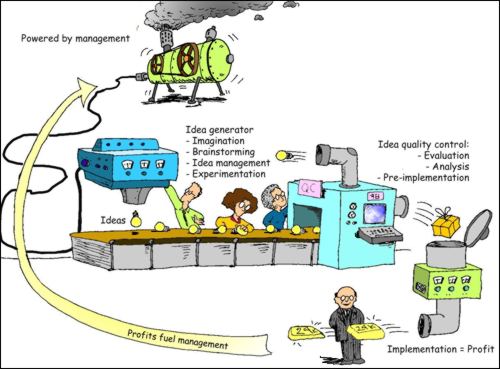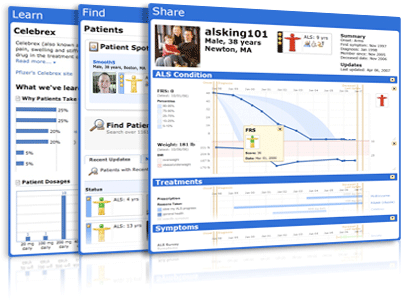Self Doubt and Stereotypes Impede Memory
Thursday, April 23rd, 2009Be Sure to Factor Biases about Cognition into Your Design
 As we age our memory gets worse, right? Holding that negative stereotype, or believing others around you hold it, can in fact make your memory worse. Or so reports researchers from North Carolina State University. They report:
As we age our memory gets worse, right? Holding that negative stereotype, or believing others around you hold it, can in fact make your memory worse. Or so reports researchers from North Carolina State University. They report:
“For example, older adults will perform more poorly on a memory test if they are told that older folks do poorly on that particular type of memory test,” Hess says. Memory also suffers if senior citizens believe they are being “stigmatized,” meaning that others are looking down on them because of their age.”
I have seen similar studies even ones that have an impact on where folks score on the dementia scale.
This is an important finding for cognitive designers working on applications for highly educated elderly, especially 70 and up. (more…)

 Wishes reveal what we want to be true – something we long for or even covet but don’t really expect to happen. When we wish for something we think about it or even plan for it but don’t ever intend on taking action. Wishes are different cognitive creatures than beliefs, expectations, feelings, goals and wants. Designers sometimes miss that point.
Wishes reveal what we want to be true – something we long for or even covet but don’t really expect to happen. When we wish for something we think about it or even plan for it but don’t ever intend on taking action. Wishes are different cognitive creatures than beliefs, expectations, feelings, goals and wants. Designers sometimes miss that point. 








